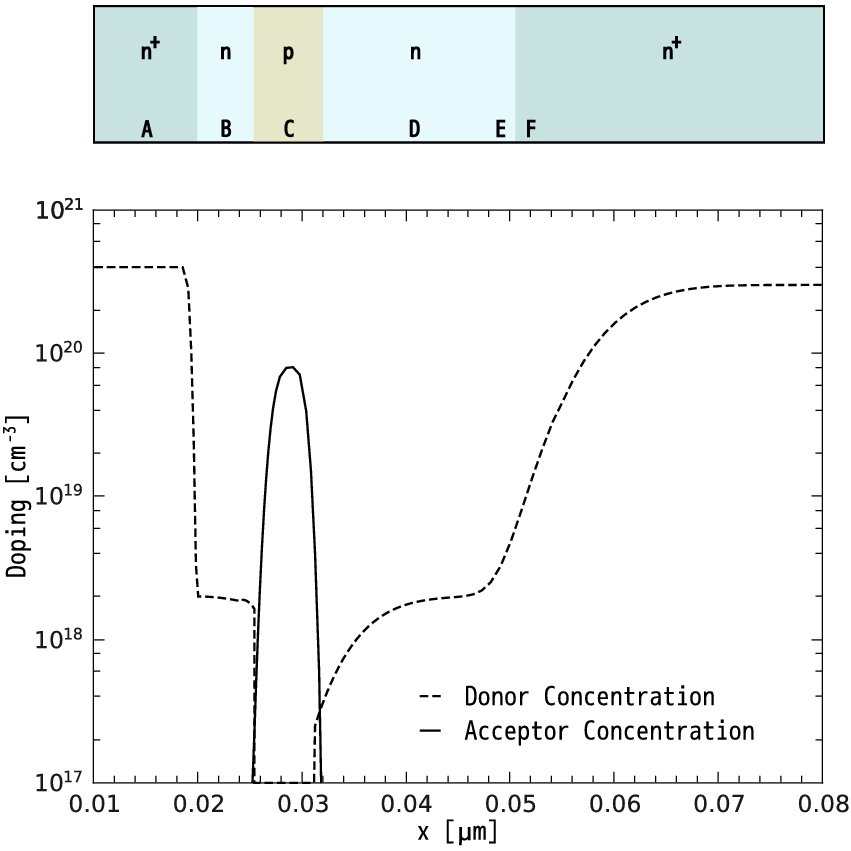Next: 2.6 Employed Simulation Tools Up: 2. Carrier Transport Previous: 2.4.2 Non-Self-Consistent Simulation

|
An alternative approach for the calculation of the DF relies on an expansion of the DF by orthogonal polynomials [158,159]. In particular, the SHE was the first implementation that focused on the modeling of device characteristics, followed by a series of improvements in order to capture the full-band structure and magnetic field effects as well as various scattering mechanisms. The DF is expressed via a basis set of spherical functions and the discretization leads to a significant number of unknown variables. As a consequence, the problem of insufficient computer memory arises. In spite of the fact that two-dimensional implementations with lowest-order expansion were already developed in early 90s [161], the 2D realization with a higher expansion order has been achieved only recently [162]. The number of polynomials kept in the SHE implementation controls the accuracy of computational results. Simultaneously, the amount of computational memory drastically grows with increased expansion order, because of such peculiarities as the strong gradient of the DF and the large numerical range of values. To remedy this difficulty, the H-transform, the maximum entropy dissipation and the staggered grid schemes have been proposed [160]. Without these stabilization schemes, numerical instability occurs and simulations of 2D devices would be doubtful (see [159] and references therein).
The available version of the SHE solver is applicable only for 1D structure/device. Therefore, in this work the Monte-Carlo method is used for a BTE solution. The SHE approach is used only to control the results produced by the MC device simulator. For example, in Figure 2.4 the electron distribution functions calculated by the SHE and MC(NSC+MR) approaches for simple n+pn+ structure (see Figure 2.3) are presented. The agreement between curves confirms the validity of the applied Monte-Carlo simulation schemes.

|